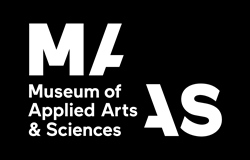When: Tuesday 13th November, 2:00pm – 3:30pm
Where: Theatrette, Level 2 behind the registration/foyer area
Hashtag: #T9
(Work in progress/preliminary findings)
Introduction: News media reporting of scientific research is often derived from press releases rather than from journal articles. Press releases are quicker and easier to understand than the increasingly complex language used in scientific journal articles. Additionally, press releases are more easily accessible than scientific articles which can initially be under embargo and once published, often only accessible via subscription or payment to the journal publisher. Since it is known that news media coverage of scientific research is often based on press releases rather than on journal articles, it is important to investigate and understand how the translation process occurs from the journal article to the press release to the news media reporting. We chose to investigate this specific case study because it received controversial news media coverage and we sort to understand the translation process that led to this contention.
Methods: An in-depth qualitative text analysis was undertaken to compare a journal article (published in the New England Journal of Medicine), the corresponding press releases and all of the subsequent online news media reporting. The journal article, the two press releases and the 60 online news media articles (sourced from Google news) were imported into NVivo version 12. Each document was read multiple times to identify common themes for text analysis. An inductive approach was used to code each of the themes in the documents. The themes were labelled, and quotes were selected to represent each theme.
Preliminary results:
- Many news media articles copied sections of the press release word-for-word.
- Many news media articles did not clearly explain the study published in NEJM.
- Few news media articles sourced independent commentary of the research outside of the quotes published in the press release.
- Some news media articles omitted the role of mice in the study.
- Some news media articles made potentially harmful clinical recommendations about vitamin supplementation for pregnant women which were not supported by the NEJM article.
- The misrepresentation of the study in the news media had an international reach.
Conclusion: As news media reporting of scientific research has the potential to impact human behaviour (in ways that can be both beneficial and harmful), it is important that news media coverage of scientific research is clear, balanced and accurate. Whilst it is not possible to determine if the misrepresentation of the NEJM article in the news media reporting was a direct result of the press release, we can hypothesise that in line with other research in this field, a more objective and representative press release may have resulted in more balanced news media reporting.
Session
Case studies: Lessons from the experts
Presenter
Georgia Dempster, PhD Candidate & Senior Ethics Advisor, The University of Melbourne
